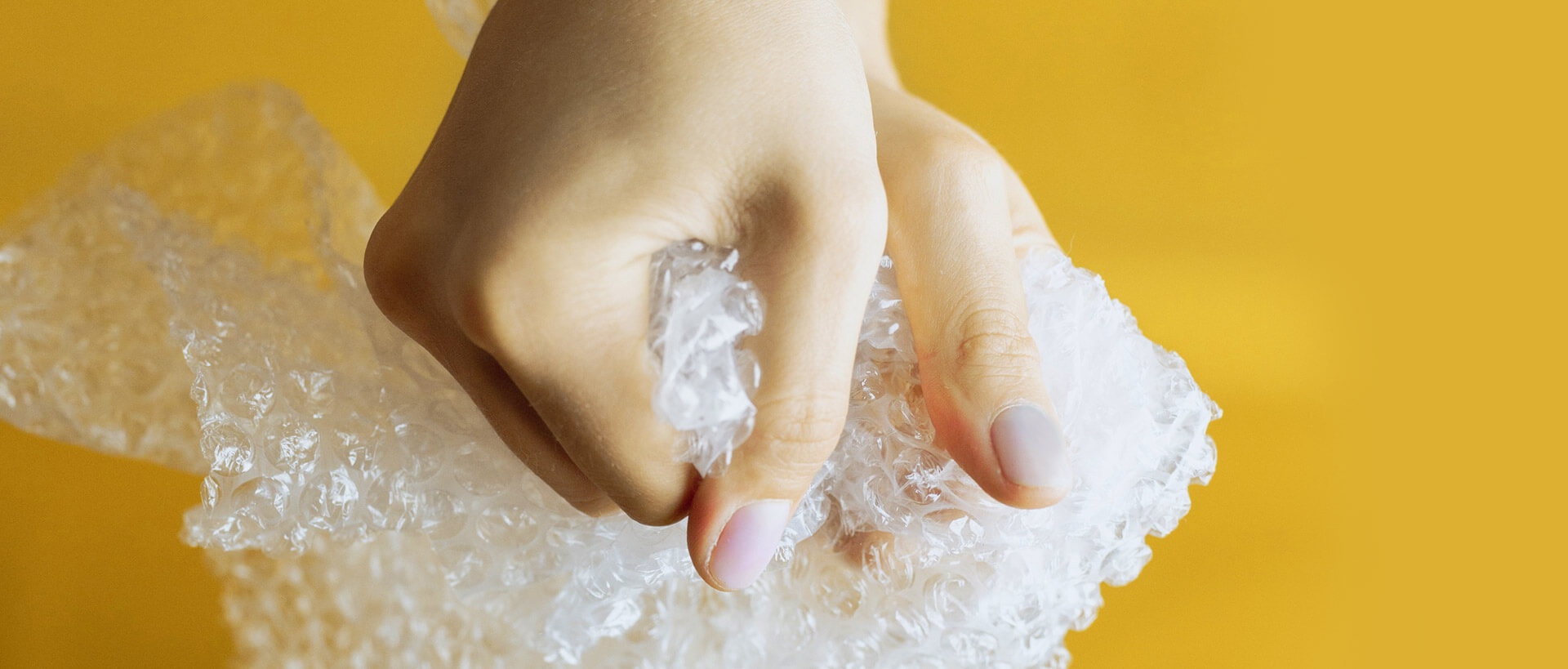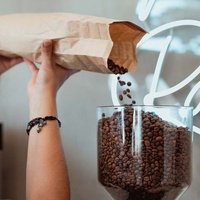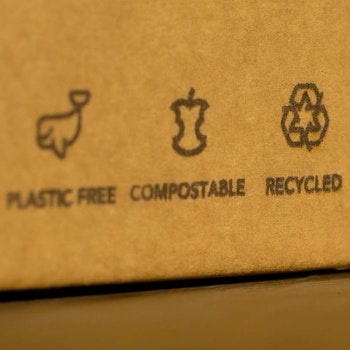
There is a genre of videos online, typically on video-sharing or social media websites that are known as "oddly satisfying". They are often described as being stress relieving, pleasurable or even hypnotic to watch, but without any obvious reason why (hence the "oddly"). Even the comments left by viewers seem to show that they are perplexed at why they enjoy watching such apparently strange video clips.
These videos sometimes feature repetitive physical effects, such as hands mixing paint, cutting soap, moulding "slime" (often in bright colours or with glitter). Or they may show different materials being cut, stretched, squashed or sliced, sometimes in ways that reveal a different colour, pattern or texture on the inside of the material.
This may be a new artform for our time. They’ve been described as not existing before the internet and many of them are very popular. For example, the Oddly Satisfying group on Reddit has almost eight million members.
Do these videos evoke feelings that we’ve never before identified? Could they point to a form of pleasure that we all intuitively feel, yet can’t properly articulate? Could this be a type of pleasure that has gone largely unnoticed and un-exploited by those seeking to engineer enjoyable experiences?

If the phenomenon has been recognised anywhere outside of viral online videos it may be in certain types of advertising. Ad directors have long understood how to make food preparation look enticing and satisfying to watch. For example, the shaking of fruit in slow motion shedding droplets of water, or the slow oozing of chocolate sauce being poured may be seen as a culinary version of oddly satisfying videos. Similarly, product designers have often grasped the power of the oddly satisfying: incorporating sensations and sounds into their products that aim to delight or just make them "feel right".
The opportunity for making ads even more oddly satisfying may be huge. I suspect that directors have barely begun to explore the potential for these types of ads. Outside of food there are oddly satisfying moments waiting to be discovered or showcased for all kinds of product experiences. In one video I found on youtube, a BMW car is shown having dirt slowly and meticulously washed off with a focused water spray.
I can think of numerous examples of oddly satisfying product interactions in real life, such as:
- Closing a car door and hearing it "clunk" shut satisfyingly
- Placing the perfectly fitting lid onto a cardboard box of a board game and watching as it hovers momentarily on the trapped air inside, before sliding down into position
- Seeing a barista expertly sprinkle a chocolate dust pattern on the top of your cappuccino
- Popping bubble-wrap between your fingers
- Kneading dough with your hands
So, what makes such experiences oddly satisfying?
These videos are mostly visual depictions of tactile effects of various kinds. From an evolutionary perspective, it would make sense for humans to have an innate interest in exploring the physical world and the different properties of materials. Seeing a material transition from one state to another — such as a bubble popping — can help us understand how the world works. As children we are particularly tactile, learning by touching and manipulating objects. Yet as adults we perhaps miss this innate behaviour, and by watching such videos perhaps we regain a playful sense of tactile exploration.
There may be also be clues in their common "tricks" that show how oddly satisfying videos actually work according to some key neuroscience principles:
- They often show someone doing something skilled with their hands. Whether it’s a barista swirling the milk just perfectly to create a neat pattern on the surface of a cup of coffee, a calligrapher executing a perfect flourish of their pen, someone throwing a crumpled-up piece of paper perfectly into a trash can, or the prestidigitation of well-performed close-up magic. There may be satisfaction in watching the execution of well-honed skills. Such feats are often novel and surprising. Can your product be shown off in the hands of a skilled expert in a way that feels delightful to watch? Tactile interaction with a product has been shown to increase consumer desire to touch it themselves (usually a prelude to purchasing it), an effect known as mimetic desire.
- They are sometimes hyper-real, in the sense that the colours are bright and vivid, and the textures or movements are more concentrated and perfectly repeated versions of what we might encounter in real life. The patterns are clearer and more perfect. Psychologists have termed these types of visuals "supernormal". A supernormal stimulus is one in which the pleasurable or distinctive elements have been exaggerated. An example of the former would be a fruit-flavoured product image in which filters enhance the brightness and vividness of its colors, an example of the latter would be a caricature cartoon of a person in which their defining facial features have been exaggerated to make them more easily recognizable. Supernormal stimuli are like real life but modified to draw attention to key characteristics which perhaps makes them easier to process.
- They are usually repetitive. This may point to the satisfaction we can derive from making a prediction of what will happen and then seeing that prediction confirmed. And this often occurs again and again. Perhaps triggering multiple blips of pleasure.
This is similar to the small feeling of satisfaction we can get from the last piece of a jigsaw puzzle slotting into place to complete the picture or seeing gears rotating snugly together. When something fulfills our expectations, we say its "satisfied" them. Or when we have organised clutter into neatness, it can give us a sense of satisfaction that everything is now "just right".
They depict the physical world operating smoothly, under the control of human hands. This is similar to the pleasure derived from watching rube-goldberg devices (such as in the music videos of the band "OK Go") or domino cascades, where the movement of one thing triggers the movement of another, in a kind of unstoppable chain reaction.

Whatever the true reason that oddly satisfying videos work, they point to the appeal of the tactile and its untapped potential. Those designing web pages, products, packaging, apps and advertisements might find inspiration in searching for their own oddly satisfying moments. Can your food product be depicted during preparation or consumption in a way that is oddly satisfying? Can moments be built into the product consumption ritual that please in a tactile way?
Here are my tips for building an oddly satisfying ad:
1. Focus on providing an intense visual experience. Oddly satisfying ads are all about the visuals. Think about using eye-catching product close-ups, vivid or enhanced colors, and even animation to really capture attention. Consider using slow-motion to reveal details that might usually be missed in real-time.
2. Use sound strategically. The right sound can really make an ad oddly satisfying. Think about using calming music or sounds that add to the overall ambiance of the ad. Find the poetry of your product by selecting sound that compliments both the mood and the movements of your video. The poetry of oddly satisfying videos is purely sensual, they rarely contain words.
3. Keep it short and sweet. Oddly satisfying ads don't need to be long to be effective. In fact, shorter ads tend to be more impactful and leave a lasting impression. And they can be perfect for sharing on social media.
A well executed oddly satisfying video can take viewers to the nirvana of advertising: capturing attention and emotions within seconds. Many of them can also go viral. Taking time to explore examples on Youtube or other social media platforms could be a great inspiration for advertising creatives.






